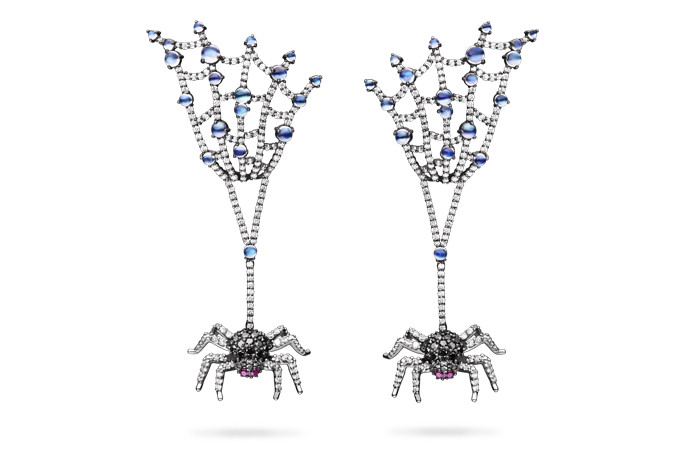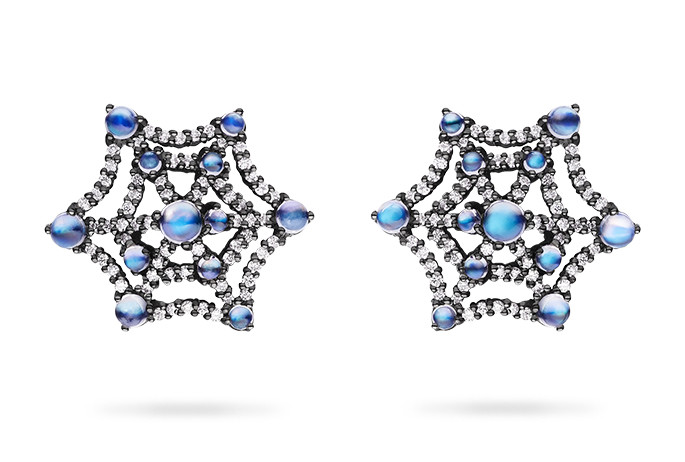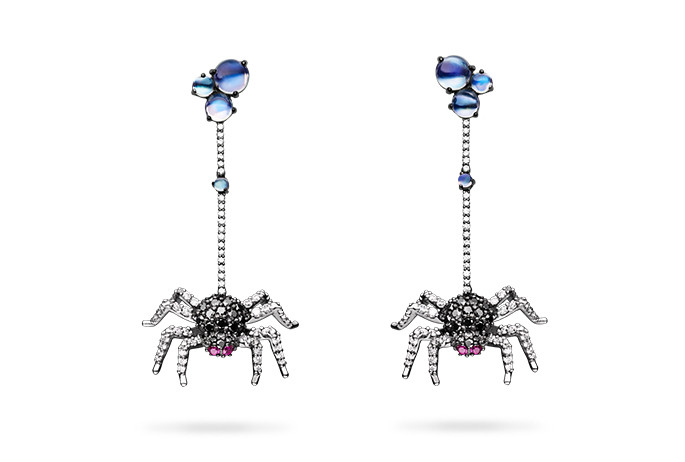What is the overall opinion of the HPHT treated diamonds and what does this mean for you?
Consumers must be aware that sellers of these stones are required by law to inform them of this treatment as well as any other treatment performed on diamonds (and any other gemstones as well). On the side of the producers of this product they see no difference in the treated and the natural diamond. As mentioned it is a permanent treatment that mimics the natural forces that create a diamond in the earth, however the gemstone and jewelry industry views this quite differently.
Natural stones, those that exist without treatments of any kind have always fetched a higher premium. Why? The simple answer is rarity. HPHT treated stones are considered to null and void the rarity aspect.
There are a few major issues that face the consumer: first generally the price of HPHT treated diamonds is lower than untreated diamonds, however this may differ from dealer to dealer as there is currently little regulation. Second, when it comes to appraising HPHT treated diamonds this must be taken into account. Since the stone is no longer in it’s natural form and we have no way of knowing it’s previous form many appraisers will have to look the the market for comparables to provide an accurate insurance or fair market value. Larger stones 0.75 carat and up) should be evaluated by a gemological laboratory to confirm that the stone has not been treated. Third, if the consumer is considering a diamond as an investment, or even as an heirloom they must realize that over time a natural untreated diamond will continue to hold and in my personal estimation will gain value over time the same way that natural colored stones have.
The Take Away:
Overall I do not think that HPHT treatment is inherently bad. In fact in some cases it can make it possible for some consumers to find their dream colored diamond without the higher price tag. To sum up there are just a few simple things to keep in mind:























